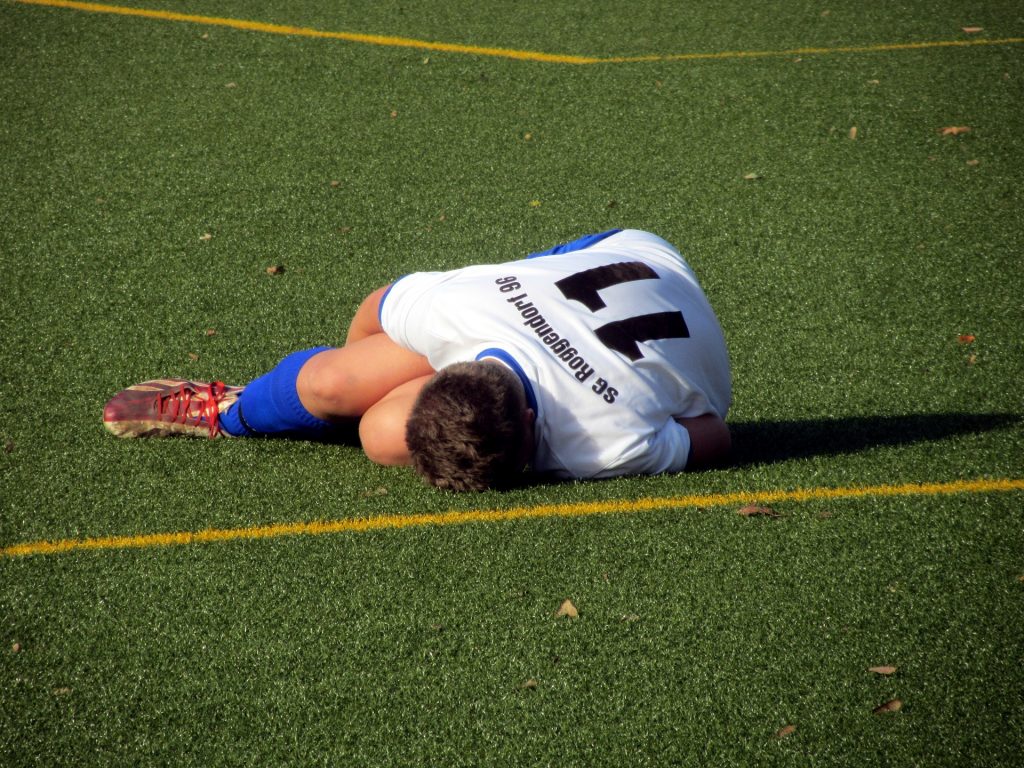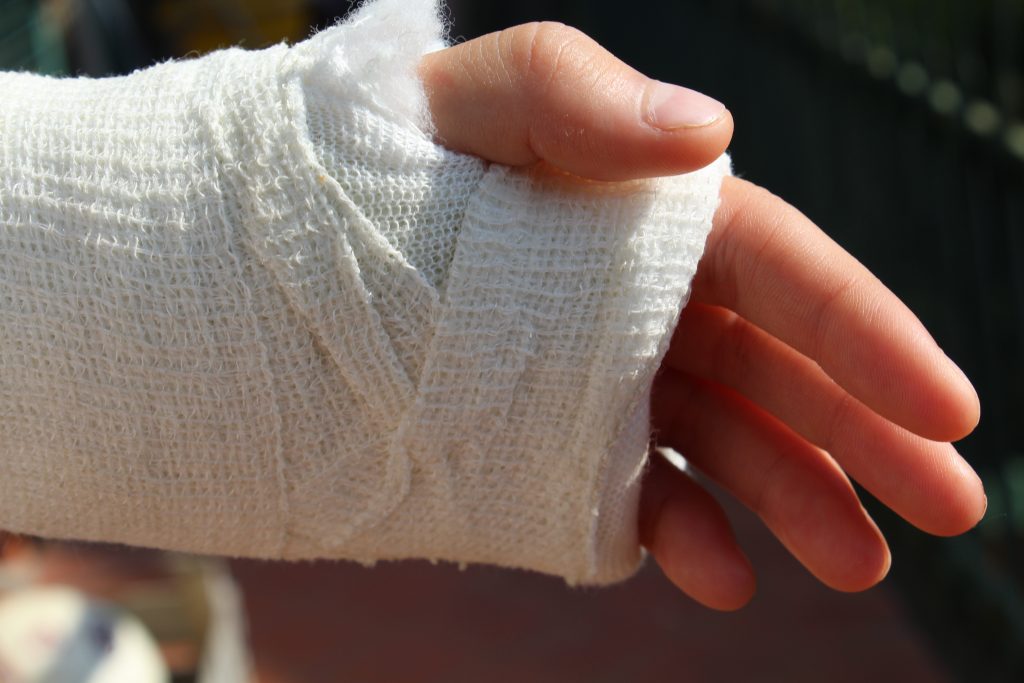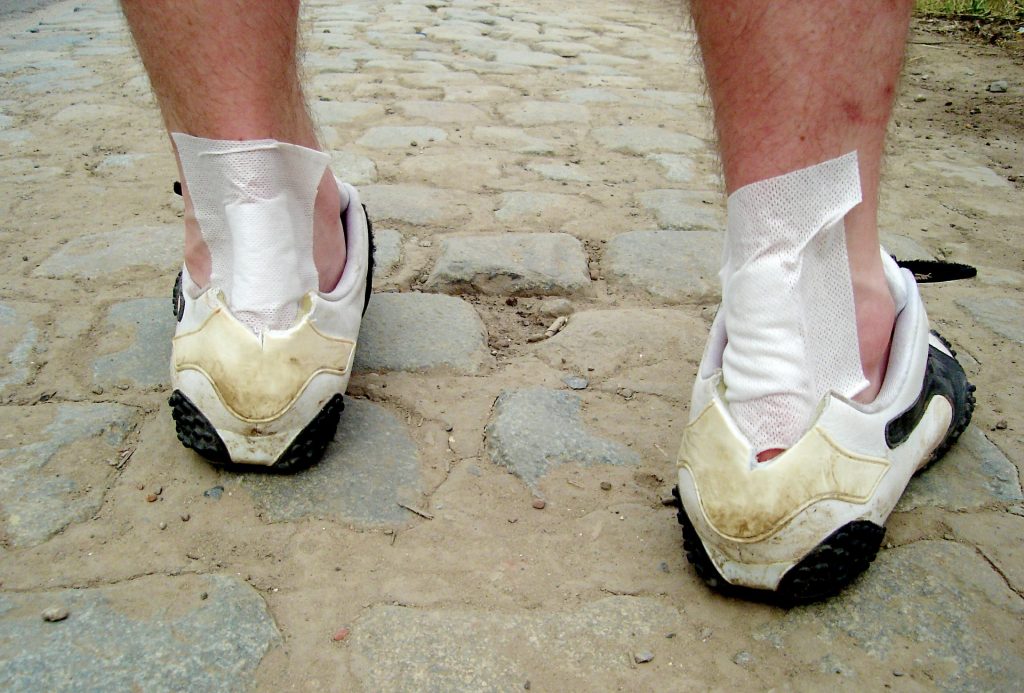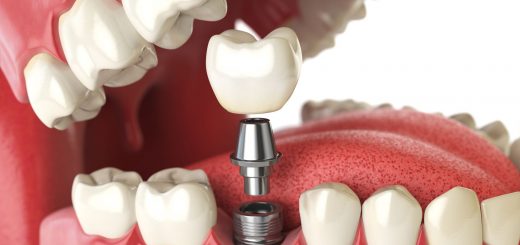Sports Injuries: Prevention, Treatment, and Recovery

Studies have shown that out of the people who exercise regularly, about 20 percent are likely to develop an exercise-related injury during the course of a year. While it may sound discouraging, remember that regular exercise has been proved to reduce the risk of getting disability and the risk of early death. And you’ll agree with us when we say that even a small injury is a fair price to pray for such benefits.
In addition to being mild, most sports injuries tend to be preventable. Hence, this blog will help you not only decrease the risks of getting injured but also guide you along the path to recovery from injury. Despite all the advice you’ll find here, consult a healthcare professional if you are in too much pain.
Most Common Types of Injuries

- Sprains
There are 3 degrees of sprains. Pain and swelling are clear signs of a first-degree sprain. If the pain and swelling are accompanied by weakness and bluish discoloration, you may have a second-degree sprain. Finally, if in addition to all the symptoms mentioned you are also experiencing decreased mobility, you are most probably dealing with a third-degree sprain. - Strains
Strains, often called muscle pulls, also come in first-, second-, and third-degrees. Depending on the severity of the strains, muscle fibers can be stretched or torn. - Tendinitis
Tendinitis is basically the inflammation of a tendon. The symptoms are usually pain, warmth, swelling, and redness. - Dislocations
Dislocations occur when the bones slip out of their correct alignment in a joint. You’ll experience extreme pain if you try to move the joint. - Fractures.
Excluding hairline fractures, any type of fractures requires immediate medical attention. - Contusions
Direct trauma can cause contusions. Contusions are simple bruises that turn black and blue due to an injured capillary or blood vessel leaking. - Muscle cramps
Cramps, or spasms, are essentially strong and sustained muscle contractions. - Cuts and scrapes
While small abrasions can be easily managed, lacerations may require special dressings, sutures, and even a Tetanus shot.
Prevention is Better than Cure
- Do not rush the process, gradually work yourself into shape. Instead of overdoing it, ask a professional to make a program for you to follow.
- Ensure you warm up before each exercise session by stretching. Stretching is just as important after your session as it preserves flexibility and reduces the risk of injury.
- Buy supportive, well-fitting shoes if you will be using weights.
- More important than the number of repetitions you do. is your form. Ensure that you consistently use good technique and maintain good posture throughout the session.
Treatment

It is generally recommended to follow a five-point program to accelerate the healing process. You must have heard of ‘PRICE’. It stands for Protection, Rest, Ice, Compression, and Elevation.
Step 1: Protection
Through the use of bandages, simple splints or elastic wraps protect your injured tissues or small injuries against further injury. If you need a splint or casts, consider seeing a doctor or an expert who will ensure the cast or splint is applied properly.
Step 2: Rest
Even though you might be tempted to resume exercise as soon as possible, remember that injured tissues need time to heal. But that doesn’t mean you have to stop exercising altogether. If your arm or shoulder is hurt, you can choose to walk, hike or use a treadmill. Essentially, you just need to diversify your workouts. Avoid intensive exercises, such as running, since they increase blood flow and can delay healing.
Step 3: Ice
Avoid heat at all costs if you are bleeding. Applying heat on the laceration or abrasion will only increase the bleeding. The most effective way to manage your injuries would be to wrap an ice pack in a thin cloth and applying it to the injury for 10 to 15 minutes at a time and repeating the process each hour for the first four hours. Do the same thing for the next two to three days to reduce swelling and pain. If you have a contusion or sprain, you can switch to heat treatments after those 3 days.
Step 4: Compression
Instead of massaging the area, apply pressure to it. While massage increases swelling and bleeding and delays healing, pressure helps to reduce swelling and inflammation. A simple elastic bandage or a small piece of foam rubber can do the job. Since swelling may develop hours after injury, remember to check the wrap and loosen it if necessary.
Step 5: Elevation
Keep your injured limb up on a hassock or on a pillow so fluid is drained away from injured tissue. This will reduce swelling, inflammation, and pain.
Recovery
Depending on the type of injury, the healing process and healing time will vary. In some cases, it might be better to enlist the help of a professional, such as a physiotherapist, sports injury specialist or prolotherapy doctor. They can design a suitable recovery program for you.



